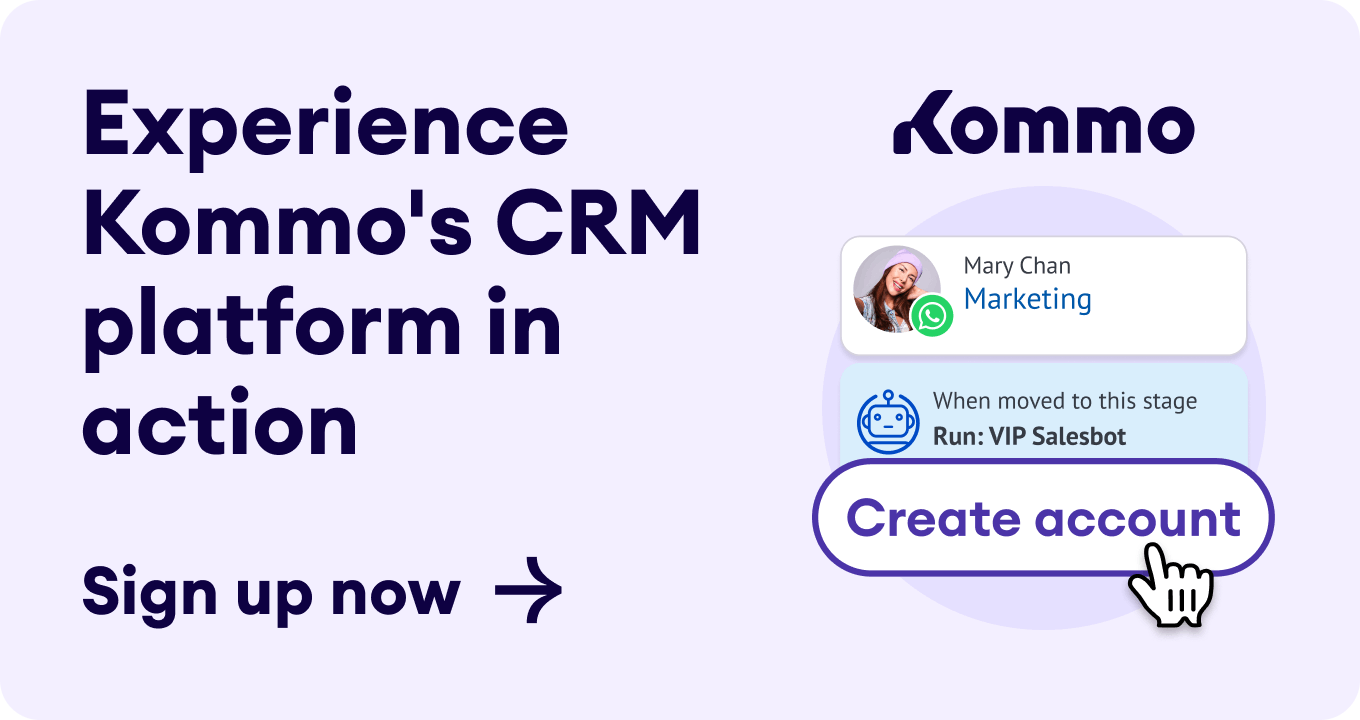As you may already know, Customer Relationship Management (CRM) technology can save time and boost your sales, customer service, finance, and human resources departments' productivity without the need to hire more staffers.
The latest statistics related to CRM are telling: CRM software revenues recently surpassed database management technology as the largest of all software markets.
It is no surprise that CRM is the fastest growing software market. According to industry experts, CRM revenues are expected to reach approximately $80 billion within the next seven years.
In addition to the obvious advantages of using a CRM, did you know that one incredibly simple way to enhance productivity and increase efficiency is through the use of CRM automated workflows?
Workflows make it easy to streamline your business processes and boost the efficiency of your resources by reducing manual tasks that can lead to mistakes and oversights. In a nutshell, workflows are a set of conditions, rules, and actions that give you the power to automate your organization's business processes.
With workflows, you can automate a wide range of tedious, manual tasks. And you can trigger them manually or automatically, depending on your organization's needs and the situation. Workflow examples range from creating or updating records, developing tasks or activities, sending emails, tracking the approval process, and much more.
Generally, workflows are relatively easy to set up and can save your time and effort in countless ways. This savings can add up quickly.
CRM Workflow Secrets: Discover the Possibilities
While CRM technology is increasing in popularity, it is often equipped with far-reaching capabilities that many organizations do not know how to fully utilize – which can lead to an inefficient system.
Here are four CRM workflow secrets that'll save your organization both time and money:
-
Launch Tasks and Activities. You can create activities automatically to be carried out by particular resources when certain conditions are met. For instance, you can use this type of workflow as a reminder or notification that a team member needs to perform a task, like an approval or a phone call. Another scenario can be seen in the ordering process, which can be sent via various approval routes depending on the amount. If you integrate your CRM with your enterprise resource planning (ERP) software, the customer ordering process can be streamlined from sales request through quotes, work orders, and inventory.You also can initiate follow-ups through workflows to remind staff members to reach out to specific clients. This method optimizes your customer service experience by allowing you to ensure that your clients are satisfied before closing out a service request.
-
Create and Update Your Records. Workflows can automate the way you create new records, such as new clients, to ensure the standardization of the process. You can also use them to automatically update your client records or change the type. A good example might be when an opportunity is achieved and you convert them to a client. By automating these types of processes, you can have peace of mind that your client accounts are current and error-free, while saving valuable time that you can dedicate to other tasks.
-
Automate Emails and Alerts. Email notifications and text alerts can easily be set up – they are a smart ways to enhance your overall operations. With regards to communications you send to clients, email and text alerts help you quickly touch base about issues or events in an efficient manner with minimal effort. For instance, you can automatically send out welcome emails or texts to new customers or notify them that you are currently handling their support case. You can also send relevant in-house team members emails to remind them to perform a task or make them aware of a change.
-
Reduce duplicates. At one point or another, it is very likely that you'll encounter duplicate records in your system. Also, we all know that entering data manually can get costly and the monotony of data entry makes it an error-prone task. To minimize duplicate entries, automated workflows can help you streamline as much data entry as possible. While it may not be possible to entirely eliminate data entry within your organization, with the appropriate automated system and processes, such as workflows, you can remove the human factor, and further reduce errors and labor costs.
With CRM Automated Workflows, Innovation Abounds
Setting up workflow automation to each of your department's daily business processes can reduce the number of tasks your employees would otherwise be required to do manually, freeing them up to dedicate more time to value-added tasks and goals.
While the benefits of workflows are extensive, the beauty is that many fundamental tasks in CRMs can be automated. This strategy gives various departments the necessary time and tools to grow your company in the most effective, efficient manner possible.
Make a personal sale with Kommo
Kommo is a pioneering Messenger Based Sales CRM software that helps businesses achieve more sales and create long-lasting relationships with their customers. It is a tool that enables companies to reach better results and increase their profits.




